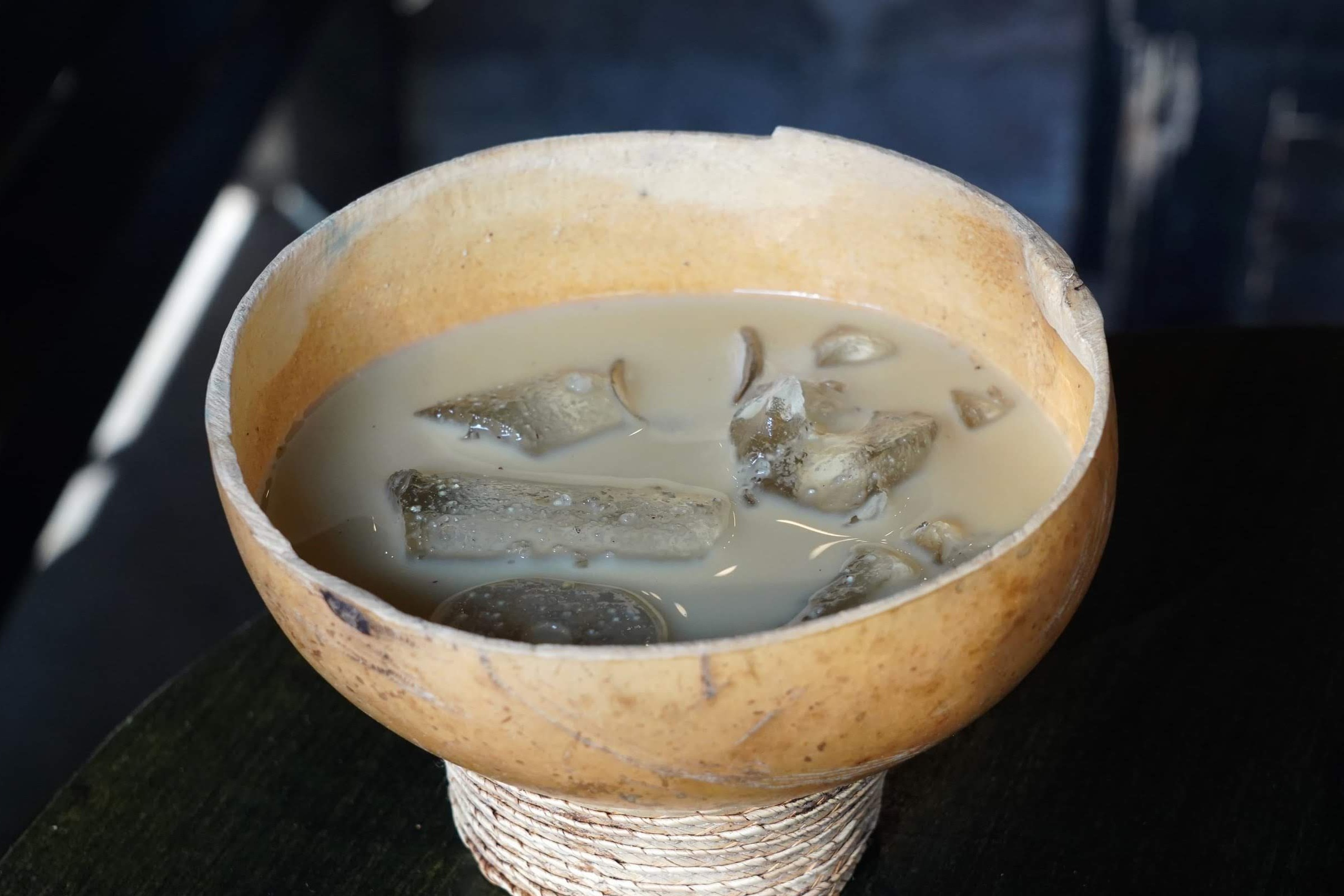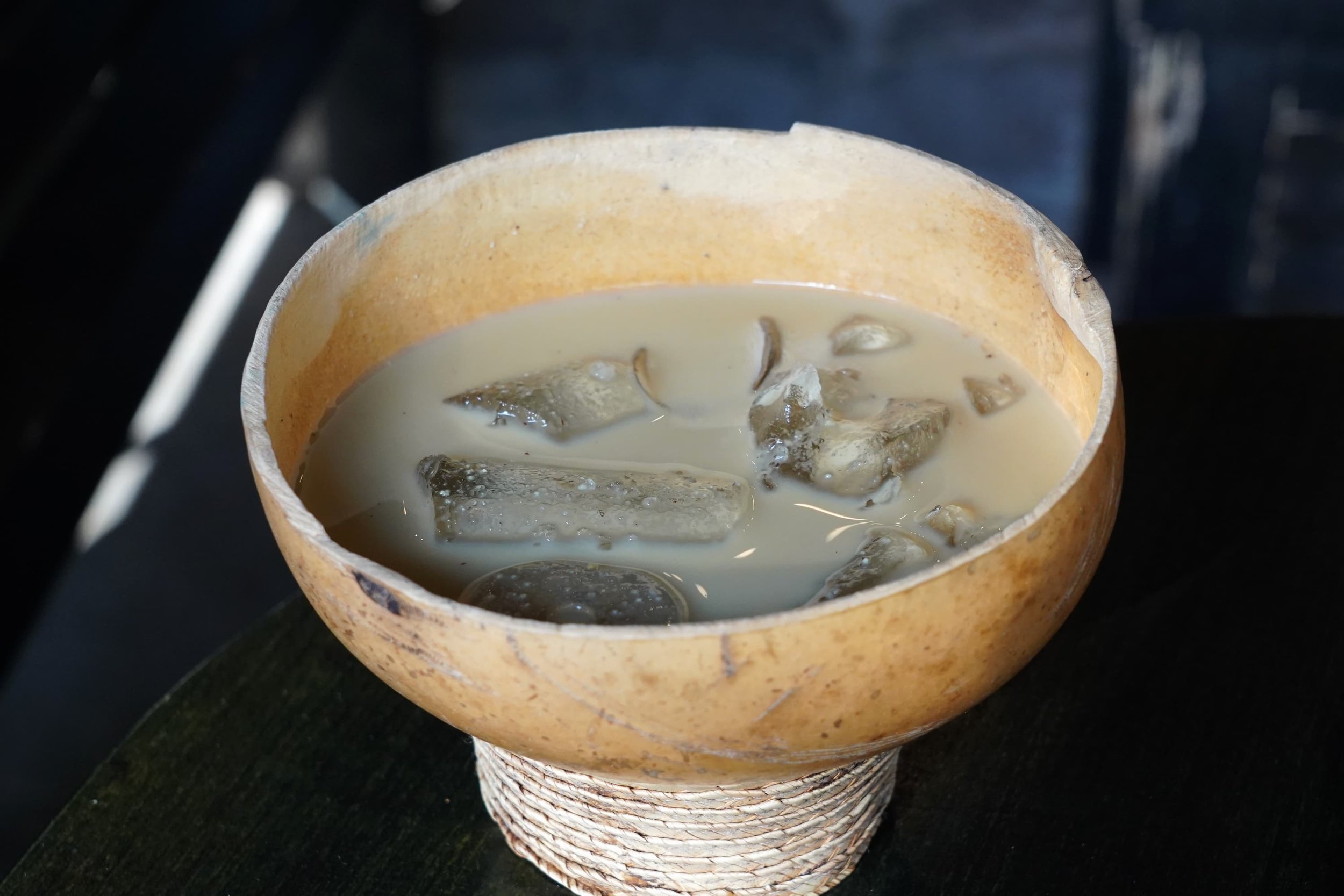Note: This is an excerpt from the free Gastronomad email newsletter. Click here to subscribe.
Everywhere you go in Mexico, you can find wonderful beverages called aguas frescas — water-based refreshments. And these typically have some natural flavor, plus sugar. So you can find hibiscus, tamarind, pineapple, cantaloupe, guava, passion fruit, watermelon and dozens of others.
We have them in the United States, too. Just about every restaurant or street vendor in the US will offer at the very least lemonade or iced tea, both of which are "aguas frescas" — natural flavor, sugar and water.
One of the most interesting agua fresca is horchata, which is widely available in Mexican restaurants and taco stands in the United States. I suspect that most Americans and probably most Mexicans think horchata is from Mexico. In fact, the Americas are merely the final destination for a beverage that goes back thousands of years.
Americans got horchata from Mexico. Mexico got it from Spain. Spain got it from Valencia. (Valencia was independent from Spain when Spain conquered Mexico.) Valencia got it from North African Muslims (the "Moors"). The “Moors” got it from Egypt. The Egyptians got it from sub-Saharan Africans in what is now Nigeria and Mali.
They've been drinking horchata in that part of Africa since at least 2,400 B.C -- and they still drink it there. They call it kunnu aya.
The truth is that horchata has a long history, and every culture that embrace it made it their own.
Horchata began as a drink made from an African weed called cyperus esculentusk by the scientists, and colloquially as chufa sedge, chufa nut, nut grass, yellow nutsedge, tiger nut sedge, tiger nut, edible galingale, water grass or earth almond.
The weed also grew in the Americas. Plants in the tiger nut family were used as a food source by Native Americans, Africans and others at least 9,000 years ago.
(Our word "horchata" comes from the Valencian word "orxata." Because of New World bastardizations and novel ingredients, the Valencians now call it "horchata de chufa" to differentiate the newer innovations.)
Everybody changed it. The Africans and egyptians drank their tiger nut drink straight. The Moors or Valencians probably added sugar and cinnamon. The Spanish in the New World swapped the tiger nut for local substitutions.
Mexicans have always made horchata with rice. Central Americans use a roasted seed called morro. Various countries like Puerto Rico and Venezuela added sesame seeds. Ecuador makes pink horchata using flowers and herbs.
Both Mexicans and Americans started adding milk and other ingredients and flavorings. You can find crazy innovation and mashups around horchata in trendy restaurants in the US and Mexico. Now you can get horchata coffee drinks at Starbucks, horchata cocktails at bars and restaurants and find other variations on the horchata theme.
Regardless of nomenclature, horchata's journey is just like any other food's journey, traveling across geography, time and culture and evolving as it goes.
We have lived extensively in three of the major horchata-obsessed places — Valencia, Mexico and El Salvador — our favorite by far is Salvadoran horchata made with morro, which is flavored with cinnamon, nutmeg, coriander seeds and allspice. Horchata there is sweet, but that sweetness is balanced by a nutty roasted flavor that's amazing.
The place most obsessed with horchata is Valencia, which lack's Mexico's incredible diversity of drinks, but which does use tiger nut to make it. Valencia is Europe's only major producer of tiger nut, and they cultivate their own variety that doesn't exist outside of Valencia.
But we also love Mexico City’s best rice-based horchata during our Mexico City Experience (pictured) and enjoy very good Horchata during our Oaxaca Experience.
Horchata is a wonderful drink no matter where you enjoy it. But enjoying the local varieties in the places where they make it is a true joy.








